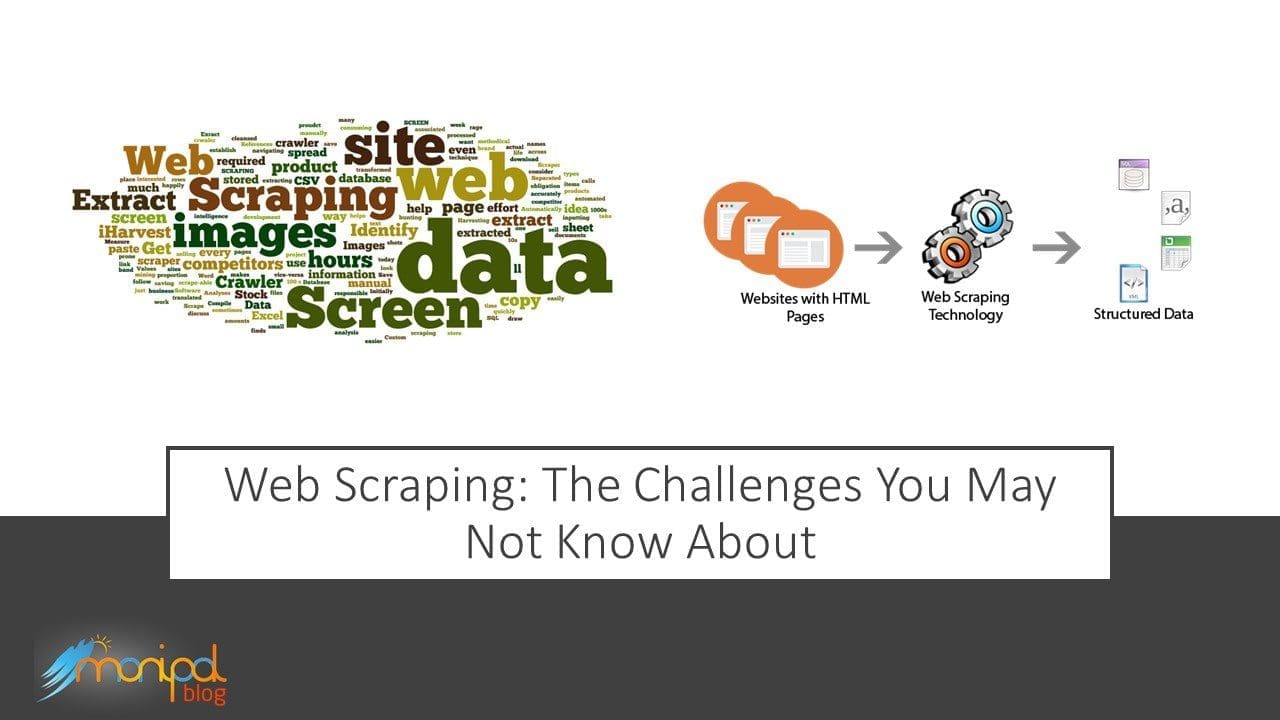
Most companies build an application that is lucky to gain early traction like the Zenserp SERP API. However, over time, applications which have been designed to scrape data from websites may require scaling-up as part of the company’s development and in order to better meet the needs of clients. The scaling-up process may prove problematic in a number of ways, especially when it comes to the data extraction process.
With scaling-up presenting a wide array of challenges, it is best for companies interested in launching web scraping applications, like Zenserp SERP API, to understand the possible challenges they are most likely to face and how best to deal with these challenges.
Data extraction, as part of the data scraping process, presents a number of stumbling blocks for companies, especially when they are planning on scaling up their operation. To ensure that these problems are well attended to, below are a few problems you should watch out for.
-
Data Warehousing
A large scale data extraction process is bound to generate a large volume of information which some companies are not prepared to handle. With large scale data extractions comes the problem of storage thus leading to the need for standard, top quality data warehousing infrastructure.
When your data warehousing infrastructure is not properly built, the process of filtering, searching and ultimately, the exportation of files may become a problem. In most cases, substandard data warehousing infrastructure may also lead to frustration due to extended processing time.
Therefore, it is recommended that for web scraping companies looking to scale up their processes, top of the line data warehousing infrastructure is needed. Be sure that your data warehousing infrastructure is also one that is perfectly fault-tolerant, scalable and overall, secure.
-
Changes in Website Structure
Websites require some updates over time and minor changes aimed at improving accessibility and user experience. These changes may cause some problems for web scraping companies who may need to update their scraping tools to reflect the changes which have occurred on the websites from which data is being scrapped.
Seeing as there is no set time for these website changes and updates, web scraping companies will usually need to update their codes every few weeks to ensure that they get the desired data. Failure to make these adjustments may lead to an incomplete data scraping process, a data scraper crash, and other types of problems.
-
The Threat Posed by Anti-Scraping Technologies
While different websites have different levels of security, there are some that are highly secured with anti-data scraping technologies, thus making it hard for web scraping companies to gather the needed information. With anti-scraping technologies in place, some websites may effectively thwart the efforts of your web crawlers and this may pose a risk to your business.
To work around such websites as this, web scraping companies must be prepared to invest a lot of time and resources into ensuring that an effective technical solution is arrived at. This can help them to better work around this problem.
-
Hostile Technology or Environment
In some cases, the data extraction process may be complicated by client-side technologies like Javascript and Ajax.
-
Quality of Data
Same as offline data, data anywhere is required to be accurate for an informed decision to be made from it. One of the major problems a web scraping company can face is a problem of data integrity. Web scraping companies should be able to guarantee a level of data accuracy and when they are unable to ascertain this, their processes and results come under heavy criticism.
It is important for companies specialized in web data scraping to understand the rigors associated with meeting the quality guidelines of data. This way they can take adequate steps to ensure that the data that has been collected can help their clients take a decisive business step towards improving performance, sales, productivity and towards achieving set goals.
-
Honeypot Traps
With the growing advancements in technology, a number of website designers have come up with honeypot traps which are included in the website layout. They are designed to catch crawlers and detect web spiders. These honeypot traps may be in the form of links that are not readily visible to website visitors but detectable by crawlers. In some cases, website designers may color disguise these traps to look like the website’s background color or maybe in the CSS style “display: none”.
The above-listed problems make up some of the major challenges web scraping companies may face as part of their process to scale up their platform.

Be the first to comment